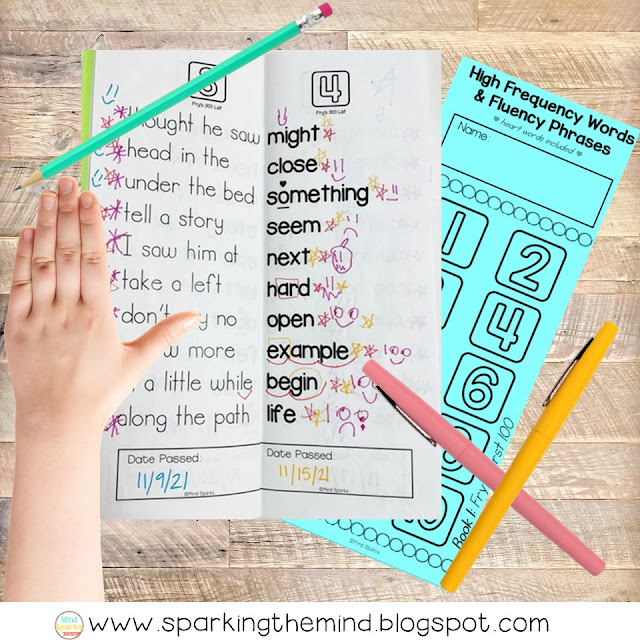Teaching fluent reading can be tricky! Most of us never took a class in college which covered effective reading instruction...AND as elementary teachers we have more than just one subject to devote our time to studying.
Some teachers may just be winging the whole "fluency thing," Teachers are simply doing the best they can with the tools they have in their toolkit. So, it seems reasonable that we might be making a few mistakes. The good news---common mistakes are easy to fix!
Keep reading to find out the top 5 mistakes teachers make with fluency practice, AND what you can do to fix those mistakes!
1. Fluent reading is fast reading
No! Fluency does not mean reading fast. Kids and teachers feel the pressure when any sort of assessment throws a time component on to it. Yes, a certain amount of words correct per minute (wcpm) are good indicators of reading success---but teachers and students should not be hyper-fixated on reading fast to reach a certain benchmark.
Fluency should sound like you are talking. This means our students need to be explicitly taught that good readers have expression, high accuracy, appropriate rate and smoothness while reading aloud. A great way to do this is by demonstrating what fluent reading sounds like, and what it doesn't.
2. Round Robin or Popcorn Reading
Just Stop doing BOTH of these. Round robin reading is when one student reads a text selection aloud to the class, while others follow along and then a new reader is chosen. Popcorn reading is when a student orally reads for a certain amount of time, and then calls out "popcorn" before selecting a classmate to read aloud. These practices make students who struggle with reading extremely uncomfortable. There is plenty of research to suggest that these two reading strategies do NOT provide students with enough opportunities for decoding, as only a brief portion of text is required of them to read.
Instead have students engage in choral, partner, cloze or echo reading. You can read about these practices in detail by reading an earlier blog post, How Can We Help Kids Who Are Disfluent?
3. Easy or Difficult Text Selection
There needs to be a "just right" selection of text for students to read during daily fluency practice. The text shouldn't be too easy. If students are breezing through a passage, the text selection isn't challenging them enough to apply their decoding skills. A too easy passage means they likely already have these words mapped, and that really isn't helping kids acquire new skills. The students need something a bit more challenging.
On the flipside, if a student is struggling to read a passage--it is too difficult. The student is spending too much of their mental energy decoding each word and not working toward fluent reading. Sound by sound or robotic reading would be an indicator the passage is too challenging.
We want our text selection to make kids work--but not make them work too hard. Literacy expert, Timothy Shanahan, suggests selecting text where kids would make approximately 10 errors per 100 words.
4. Lack of Teacher Modeling
If you aren't reading to your students daily--you need to start! Students need to hear what good readers sound like. By listening to a good model of fluent reading, students learn that expression and phrasing can aide in making written text make sense. Reading a text aloud is also a great time to expose students to rich vocabulary words, vast topics and help students experience the joy of reading! Check out these read aloud resources from Reading Rockets, by clicking here.
5. No Teacher Feedback
A child can't improve, unless direct feedback is given. Students need to know what they should be working on in order to become a better reader. Does the student need to work on a specific phonic skill, smoothness, expression, or maybe phrasing?
I am a big fan of positive error correction when giving feedback to students. Positive error correction is when you tell students something they did correct before you provide error correction. Check out this video from Linda Farrell as she goes in depth on the strategy of positive error correction.














